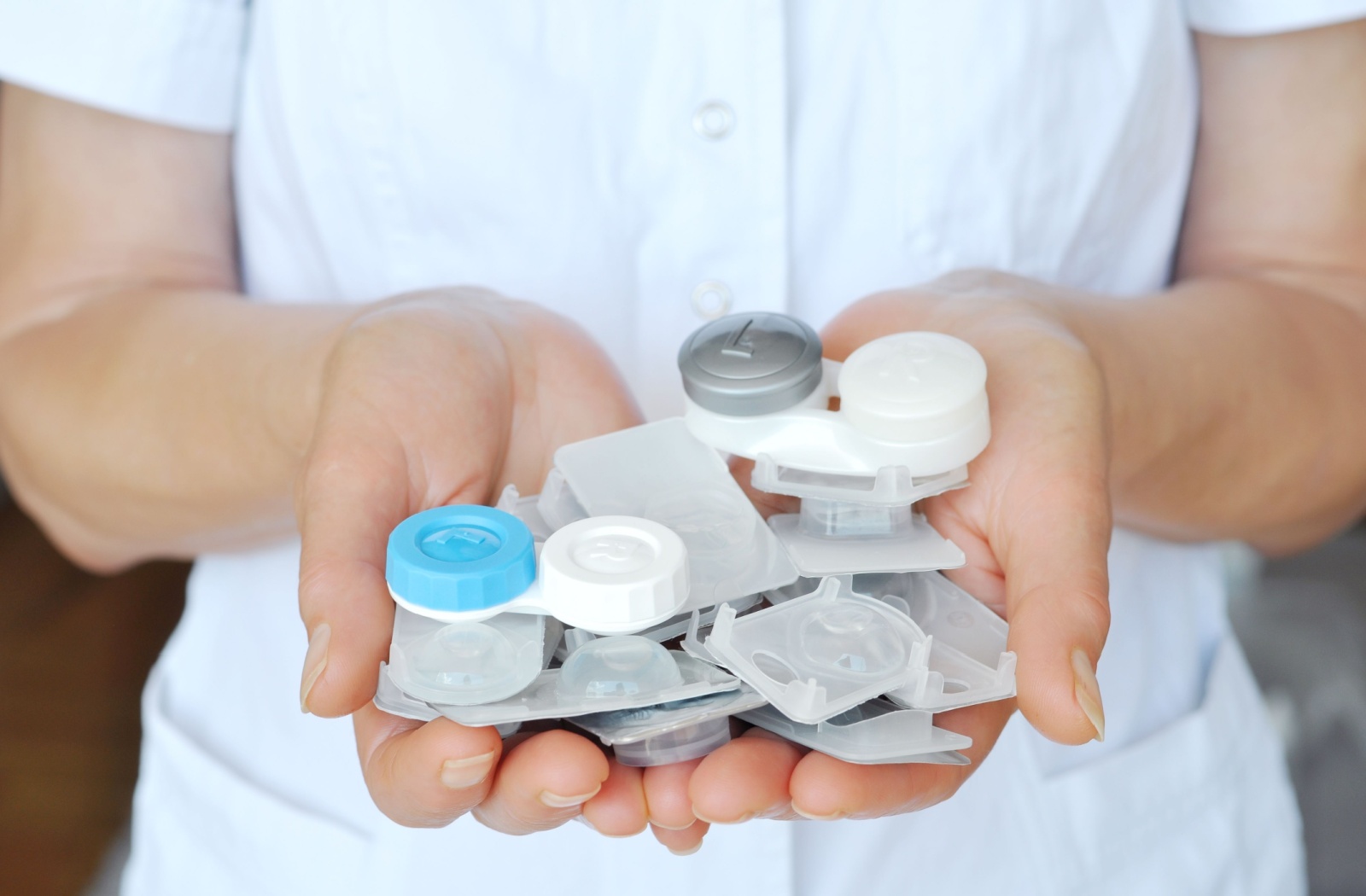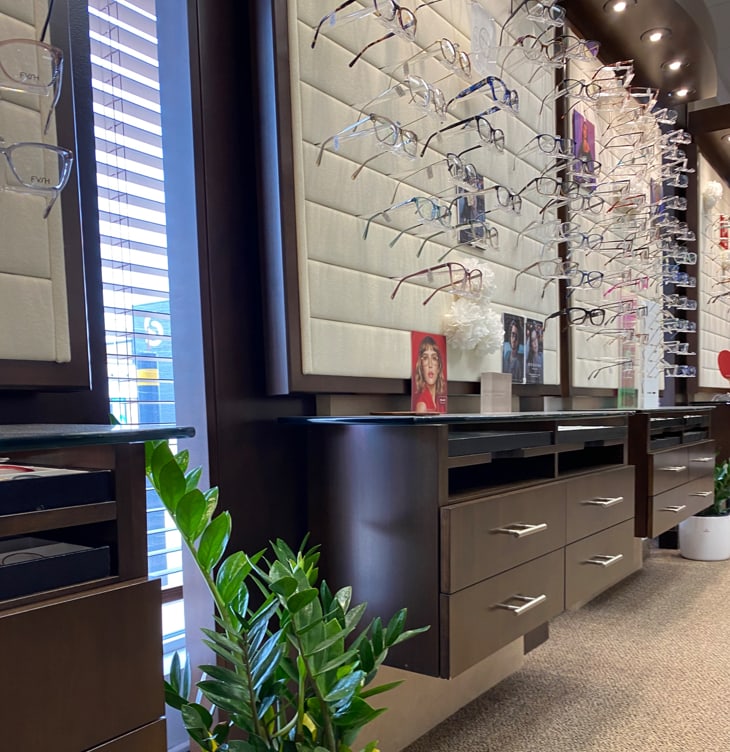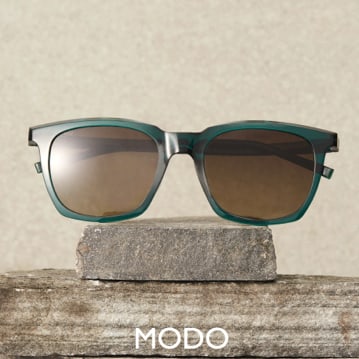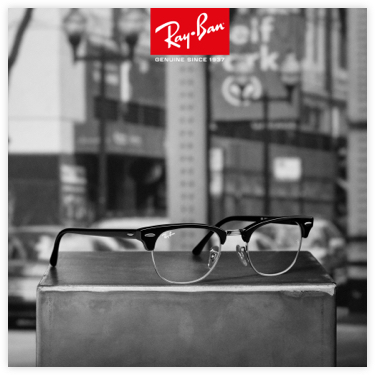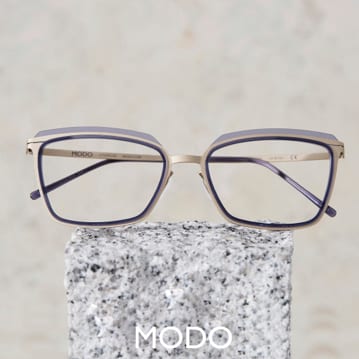Contact lenses offer freedom from glasses and can be a convenient choice for active individuals and those who simply prefer how they look without glasses. But if you wear contact lenses and experience dry eyes, you’re not alone. Contact lens wear and dry eye disease are closely linked.
If you’re experiencing symptoms of dry eye but would like to continue wearing contact lenses, ask your optometrist about changing the type of lens you wear.
Soft contact lenses are made from various materials that differ in biochemical properties, such as their water content and affinity for lipids and proteins in your tear film. Depending on the underlying cause of your dry eye, certain soft contact lenses may help alleviate your symptoms. Your optometrist knows the science behind each type of contact lens and can make an appropriate recommendation. Often, allergies can trigger dry eye symptoms, so reviewing your contact lens cleaning solutions and replacement frequency may also be part of the solution. If no soft lenses provide relief, some people have found that specialty scleral lenses offer a more effective option.
Dry Eye Basics
Dry eye, which falls under the broader category of ocular surface disease, occurs mostly when your eyes don’t produce enough tears or when the tears lack the proper balance of water, oils, and mucus.
The International Dry Eye Workshop (2017) defined dry eye as “a multifactorial disease of the ocular surface characterized by a loss of homeostasis of the tear film, and accompanied by ocular symptoms, in which tear film instability and hyperosmolarity, ocular surface inflammation and damage, and neurosensory abnormalities play etiological roles.”
In simpler terms, dry eye is a condition in which the surface of the eye becomes irritated due to changes in the tear film’s stability, chemical composition, or the activity of the nerves that sense discomfort. It can result from a physical disruption in the tear film, an imbalance in its components, or an abnormal sensory response from the eye’s surface.
Causes of Dry Eye
There are many possible causes of dry eye, including:
- Environmental factors, such as UV exposure, low humidity, and pollution
- Aging, female gender, or hormonal fluctuations
- Underlying health conditions, such as diabetes, thyroid disease, and rheumatoid arthritis
- Medication side effects, such as antidepressants, antihistamines, and oral contraceptives
- Smoking
- Pre-existing ocular conditions such as blepharitis and allergic eye disease
- Extensive desk work
- Laser eye surgery
Symptoms of Dry Eye
Untreated dry eye may lead to the development of a wide range of symptoms, including:
- Red eyes
- Burning, stinging, or itchy sensations
- Gritty or sandy sensation, feeling like there’s something lodged in your eye
- Blurred vision
- Sensitivity to light
- Excessive tearing as a reflex response to dryness
If you think you may have dry eye, visit your optometrist. Dry eye may seem like a minor inconvenience—such as causing discomfort or poor acclimatization for contact lens wearers—but untreated severe or chronic dry eye can lead to complications like corneal ulcer, which may permanently affect your vision.
Contact Lens Options for Dry Eye
When you wear contact lenses, they split the tear film on your eye into two layers—one in front of the lens and one behind it. This can make the tear film less stable, causing it to thin out and increase friction between the lens and your eye. If your contact lenses are making your eyes feel dry or irritated, talk to your optometrist about trying a different type of lens.
Dry eye can also make wearing contact lenses more uncomfortable and raise your risk of eye infections. Treating the underlying causes of dry eye can help improve both your comfort and vision while wearing lenses.
Soft Contact Lenses
Soft contact lenses are made from flexible, soft plastic and are commonly used to correct nearsightedness, farsightedness, astigmatism, and age-related farsightedness (presbyopia). Many people find them comfortable and easy to adapt to.
However, certain factors like the lens material, design, wettability (how easily the lens stays moist), and friction against the eye can influence how likely a person is to experience contact lens–related dry eye. That’s why it’s important to talk to your optometrist if you notice any symptoms of dryness or discomfort. They can help you explore newer, premium contact lens options that may improve your comfort and eye health.
Scleral Lenses
Scleral lenses are a type of rigid gas-permeable contact lens. Although they are hard lenses, they are specially designed to allow oxygen to pass through to keep the eye healthy. Unlike regular lenses, scleral lenses vault over the cornea and rest on the white part of the eye (the sclera).
The space between the lens and the cornea is filled with a fluid reservoir, which acts like a liquid bandage. This helps protect the eye surface from drying out and shields it from the friction caused by blinking. Because of their unique materials and design, scleral lenses can be a good option for people who experience dry eye symptoms with soft contact lenses.
Lens Replacement Schedule
Adjusting your contact lens replacement schedule can also help improve dry eye symptoms. Reusable lenses can accumulate allergens and deposits on their surface over time, which may trigger or worsen allergic eye conditions—one possible cause of dry eye.
In addition, some contact lens cleaning solutions can contribute to dryness, especially if they’re not used properly. For many people, switching to daily disposable lenses can be a simple and effective way to reduce irritation and improve comfort.
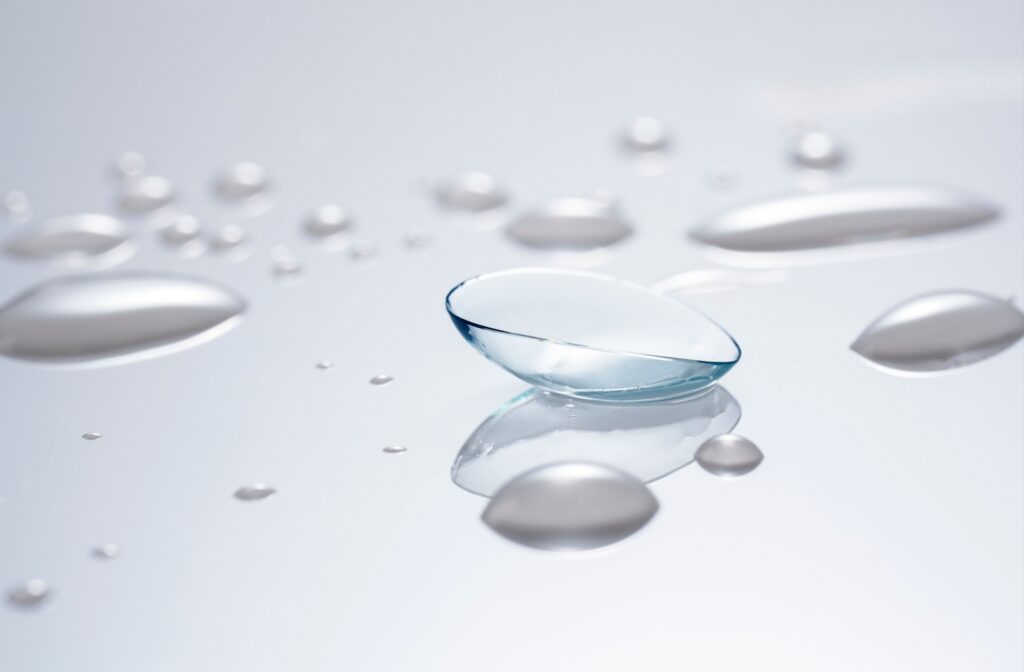
If you’re interested in changing up your contact lenses, talk to your optometrist. Your optometrist can run diagnostic tests to understand the root cause of your dry eye symptoms.
Other Ways to Manage Dry Eye
Besides changing up your contact lenses or replacement schedule, your optometrist may suggest:
- Lifestyle and environmental changes: Consider investing in a humidifier if you live in a dry, low-humidity space. Staying hydrated, getting quality sleep, and limiting screen time can also help.
- Eye masks: Using eye masks can be both relaxing and beneficial for people with dry eye. They can help unblock oil-producing glands.
- Eye drops: Some types of lubricating eye drops are available over the counter. Others require a prescription. Ask your optometrist what they recommend before trying a new medication, especially if you have other health conditions or take other medicines.
- Punctal plugs: If your dry eyes are caused by insufficient tear production, we can insert small plugs into your tear ducts that prevent your tears from draining too quickly.
- Omega-3 supplements: These supplements can promote healthy oil production and reduce inflammation. Speak to a healthcare professional before starting a new supplement or medication.
If you have dry eye, it’s important to explore the root cause of your symptoms. To get started, visit your optometrist for an eye exam.
Dry Eye Treatments in London, ON
Dry, itchy, and red eyes can significantly impact an individual’s productivity and everyday life. If your eyes are causing discomfort, you have options. And if simple lifestyle changes are not enough, visit your optometrist to discuss other treatment ideas. Our eye care team at Old South Optometry strives to be a community-oriented, welcoming clinic for clients seeking care. We offer a variety of dry eye treatments, from medicated eye drops and eyelid care to scleral lenses and punctal plugs. Book an appointment with us today to discuss dry eye therapy.


